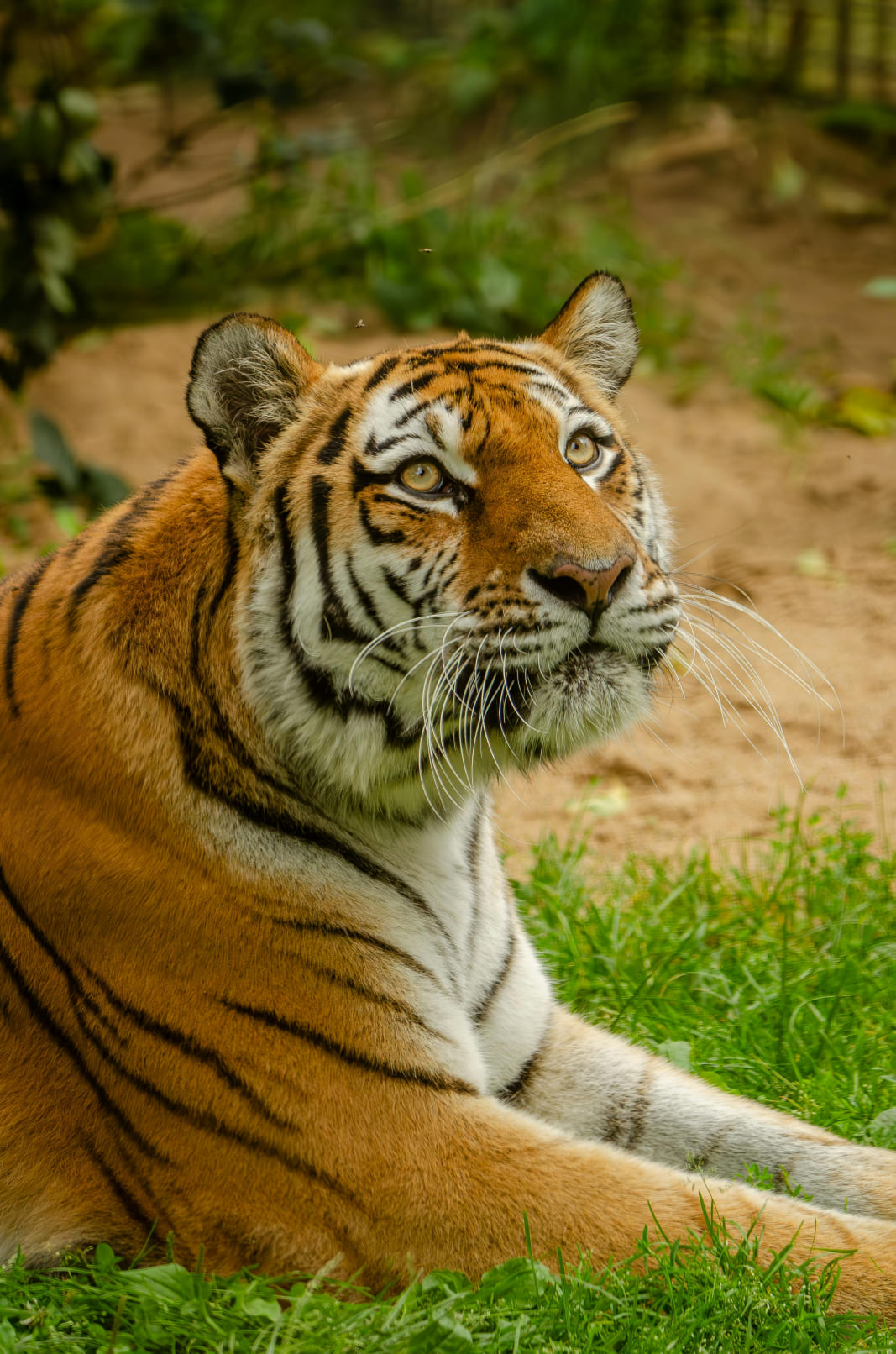Leopards are solitary animals, spending most of their lives alone except during mating or when a mother is raising her cubs.

The Silent Shadow of the Wild
The leopard is a creature of mystery and elegance, known for its incredible adaptability, unparalleled stealth, and stunning spotted coat. Found in diverse habitats ranging from African savannas to dense Asian jungles, leopards have carved a niche for themselves as one of the most versatile big cats. Their beautiful rosette-patterned fur not only sets them apart aesthetically but also serves as perfect camouflage, blending seamlessly with their surroundings. This adaptability has earned leopards a reputation as one of the most elusive and successful predators in the animal kingdom.
-
-
They are primarily nocturnal, using the cover of darkness to stalk their prey with unmatched precision.
Icons of Land, Sky, and Sea

White Kangaroo
Nature’s Rare Marvel
White kangaroos are among the most extraordinary and rare sights in the animal kingdom.

Leopard
The Master of Stealth
The leopard is one of the most adaptable and elusive big cats in the world.

Deer
Graceful Dwellers of the Wild
Deer are among the most widespread and recognizable mammals, known for their grace, agility, and iconic antlers.

White Tiger
The Enigmatic Beauty
White tigers are among the most stunning and rare creatures in the animal kingdom.

Lion
The King of the Savannah
There are many variations of passages available but the majority have suffered alteration injected.

Lioness
The Heart of the Pride
The lioness is the backbone of the pride, embodying strength, agility, and nurturing instincts.
Guardians of Ancient Wisdom
Turtles are among the oldest living reptiles on Earth, with a lineage tracing back over 200 million years. Their unique shells, slow movements, and serene demeanor have long fascinated humans, symbolizing patience, longevity, and resilience across many cultures. Found in diverse habitats such as oceans, freshwater lakes, and deserts, turtles are a vital part of ecosystems, helping to maintain environmental balance by consuming vegetation, algae, and small aquatic organisms.
In zoos, turtles serve as ambassadors for conservation and education, offering visitors a rare glimpse into the lives of these ancient creatures. Turtles in captivity range from small freshwater species like red-eared sliders to giant tortoises such as the Aldabra and Galápagos tortoises. Each species is showcased in habitats designed to replicate their natural environments, complete with water features, basking areas, and vegetation.
READ MORE
General frequently asked questions
Behind every healthy and happy zoo animal is a team of dedicated zookeepers. These professionals ensure that animals are well-fed, their enclosures are clean, and their behaviors are closely monitored. Beyond daily care, zookeepers play a vital role in building trust with animals, enabling essential medical checkups and enrichment activities. Their work not only supports the animals' well-being but also helps educate visitors about the unique needs and characteristics of each species.
About Us














